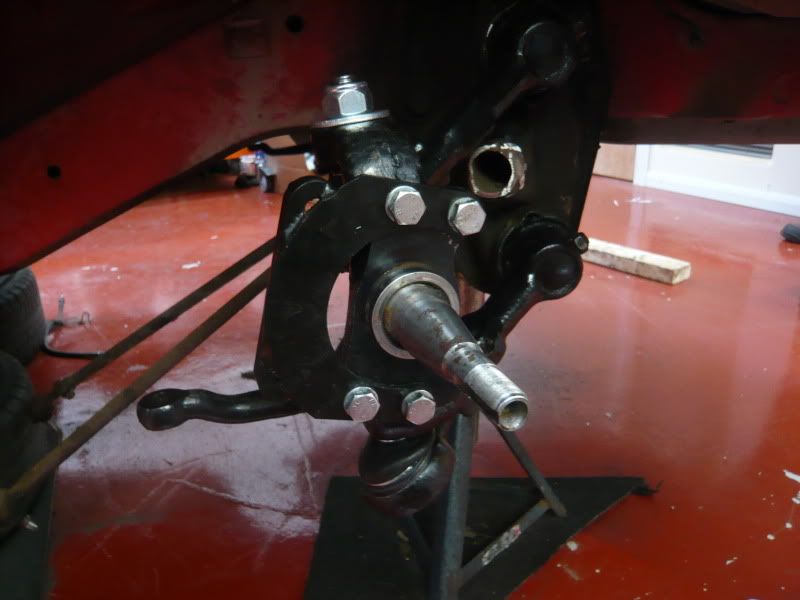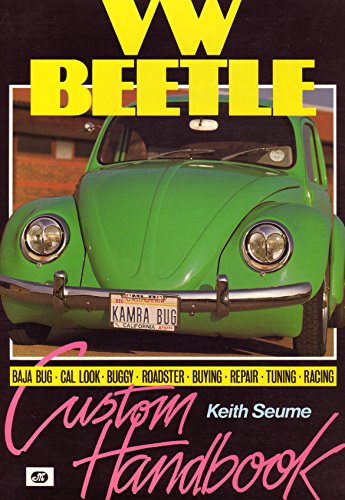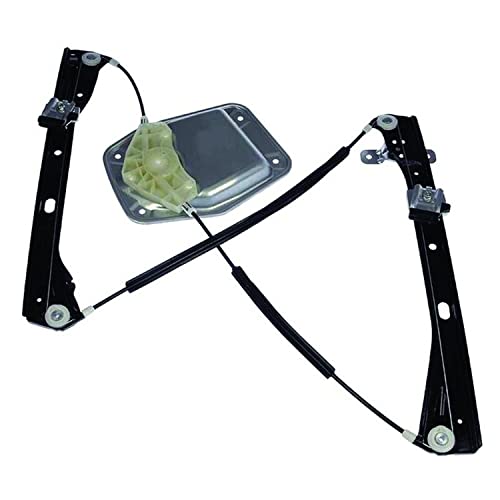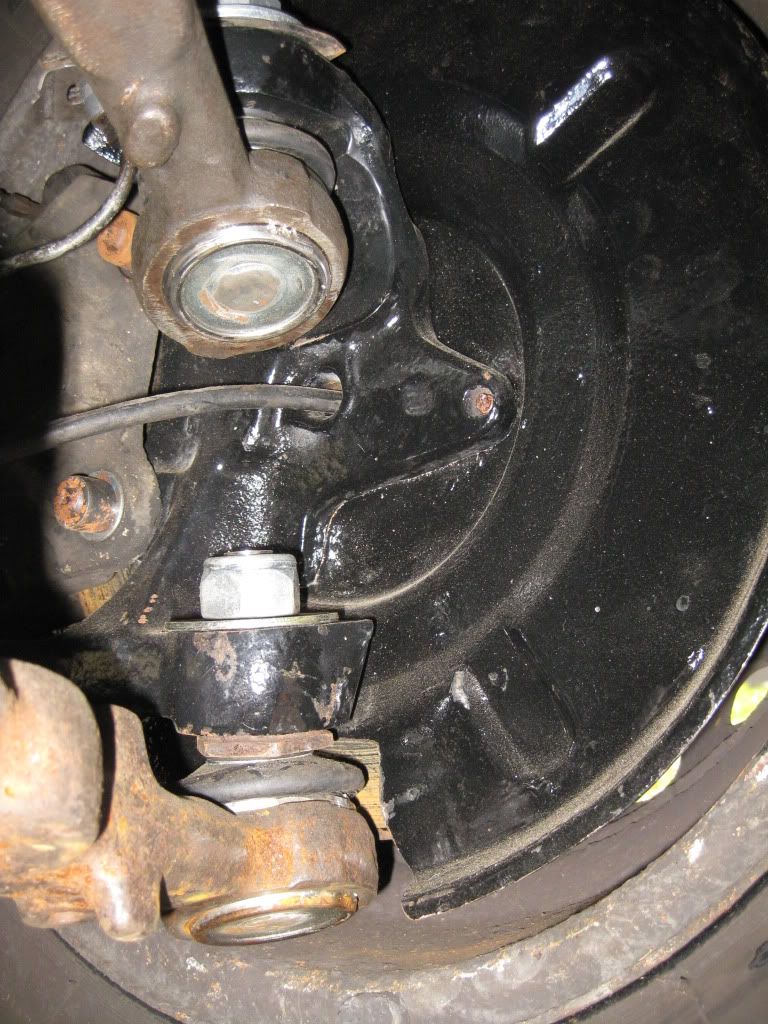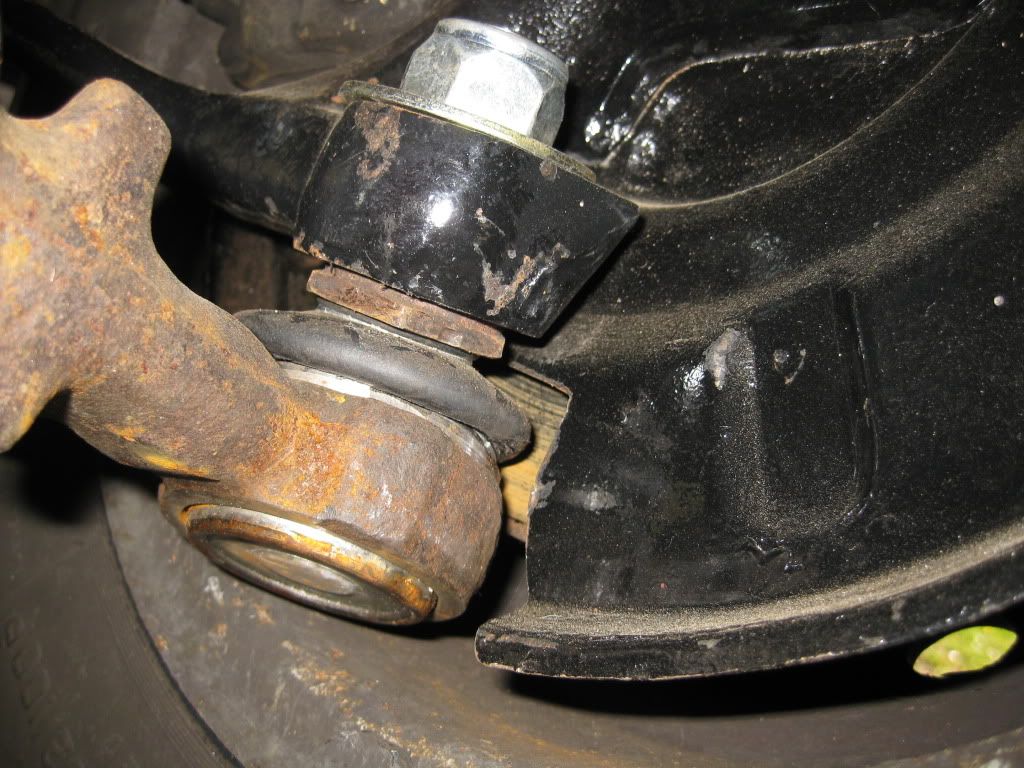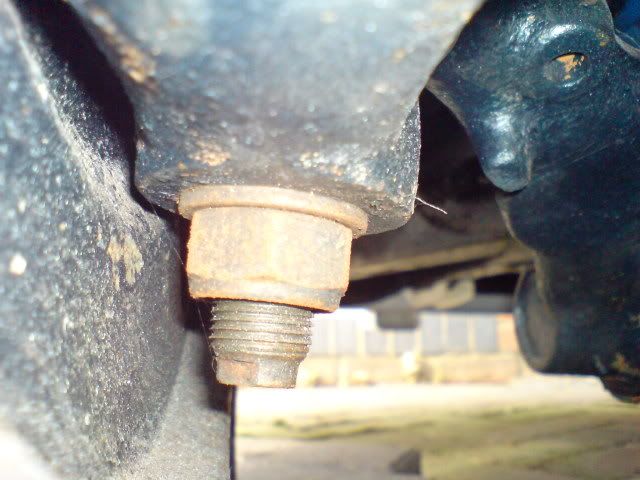Graham L
Well-known member
- Joined
- Jan 19, 2008
- Messages
- 5,384
- Reaction score
- 337
- Location
- Bolton
- Year of Your Van(s)
- 1971
- Van Type
- Hightop Panel
Frisco69 said:What do guys think about the nut on the threaded part of the balljoint? With the joints being upside down the spindle is pushing up against it all the time.
My concern is that the threads may pull under load allowing the tapered part of the joint to come away. With the balljoint now upside down the trailing arm is pushing downward and the spindle is pushing up.
As a stockist of the transporterhaus product (which is the same as the T2D product) I wouldn't sell them unless I was happy with the design, the new balljoints are locked into place when fitted and cannot come out of the arm as you suggest they might.
Picture of the ones going on my shop bus
